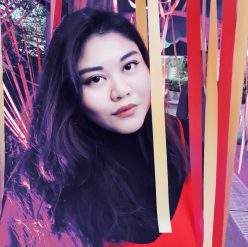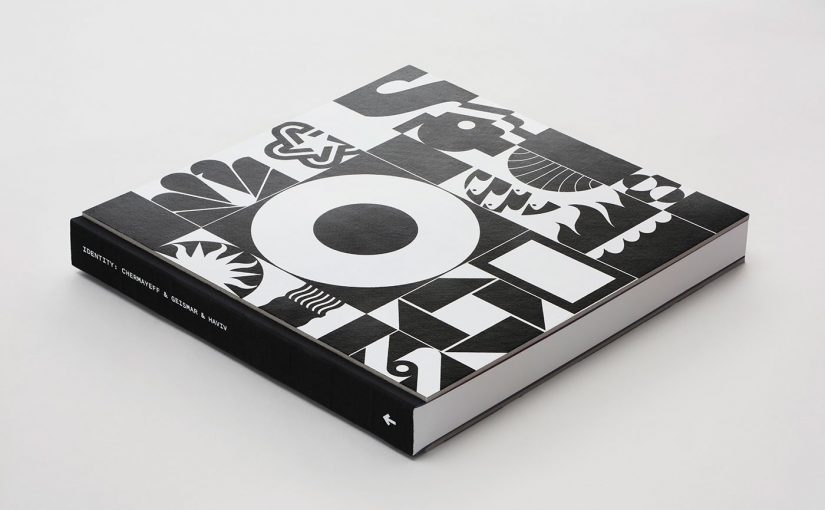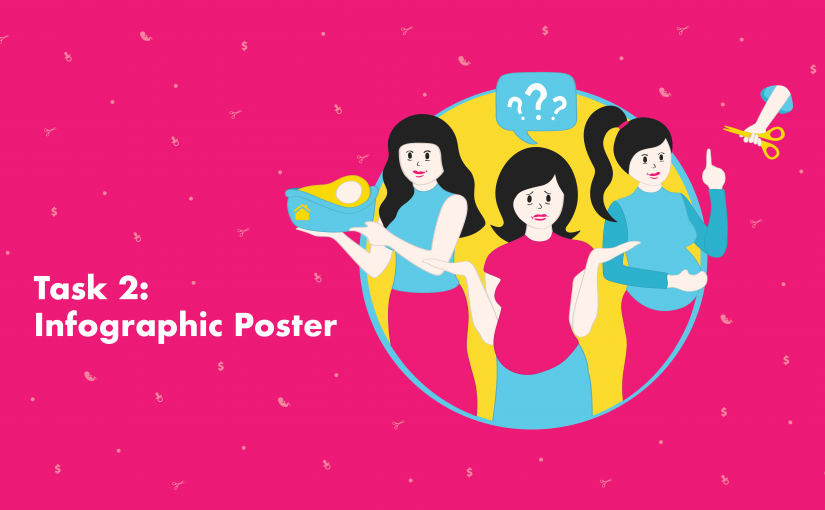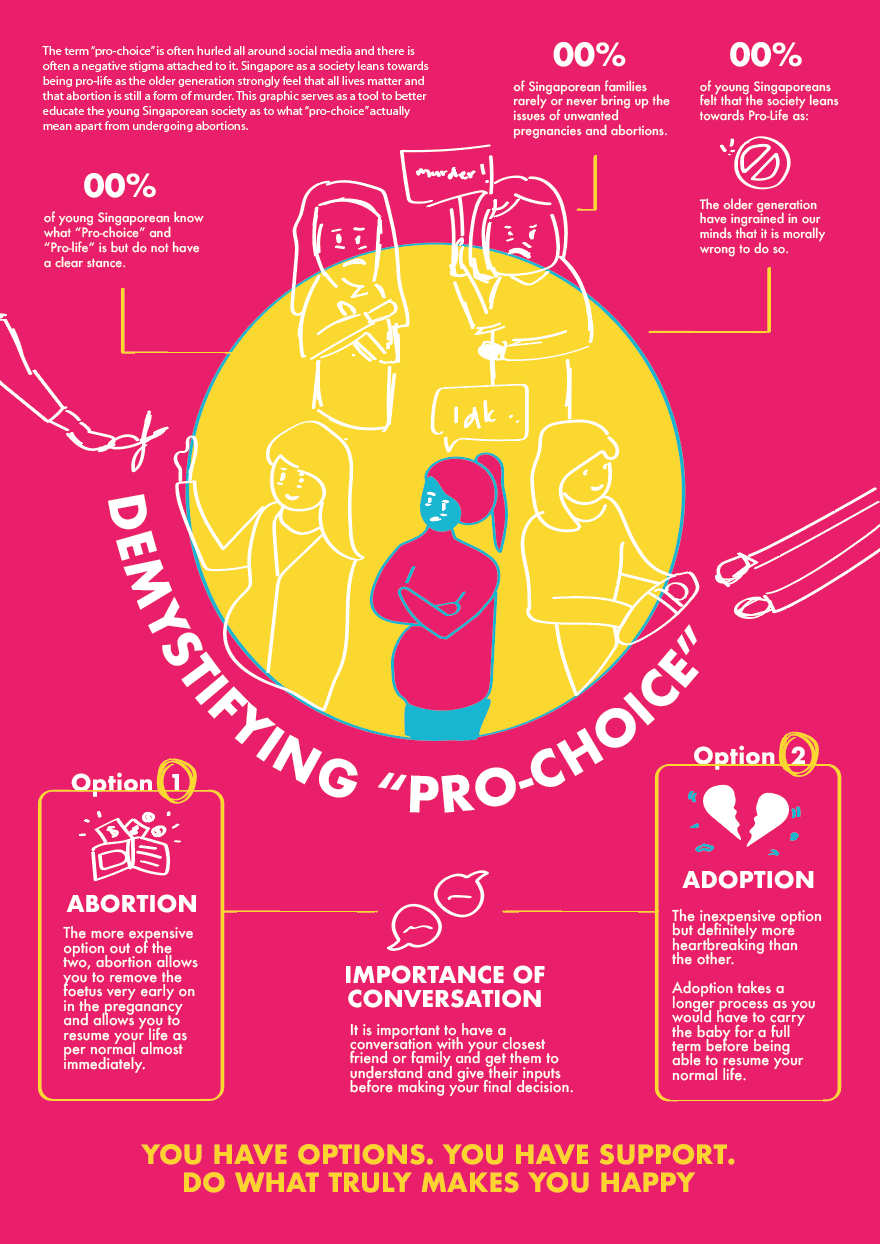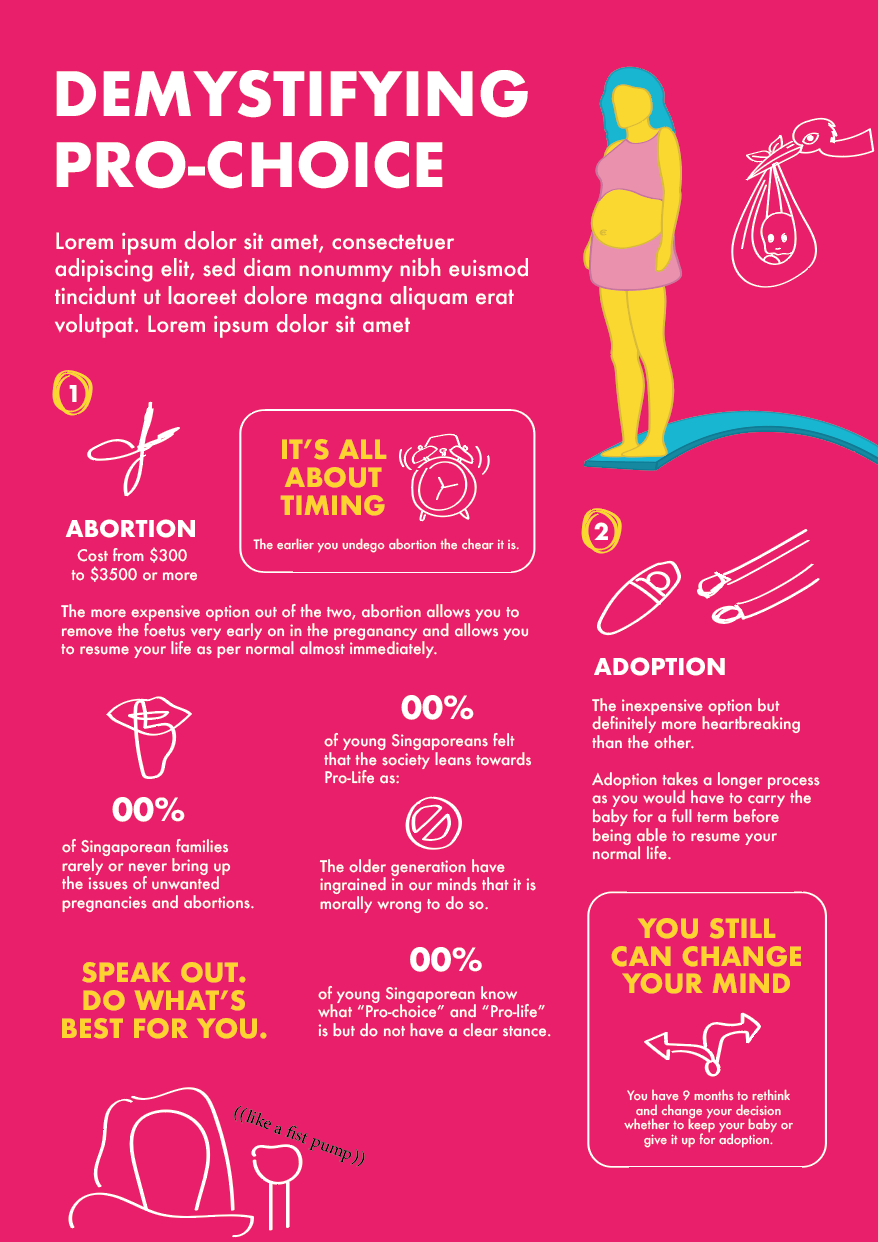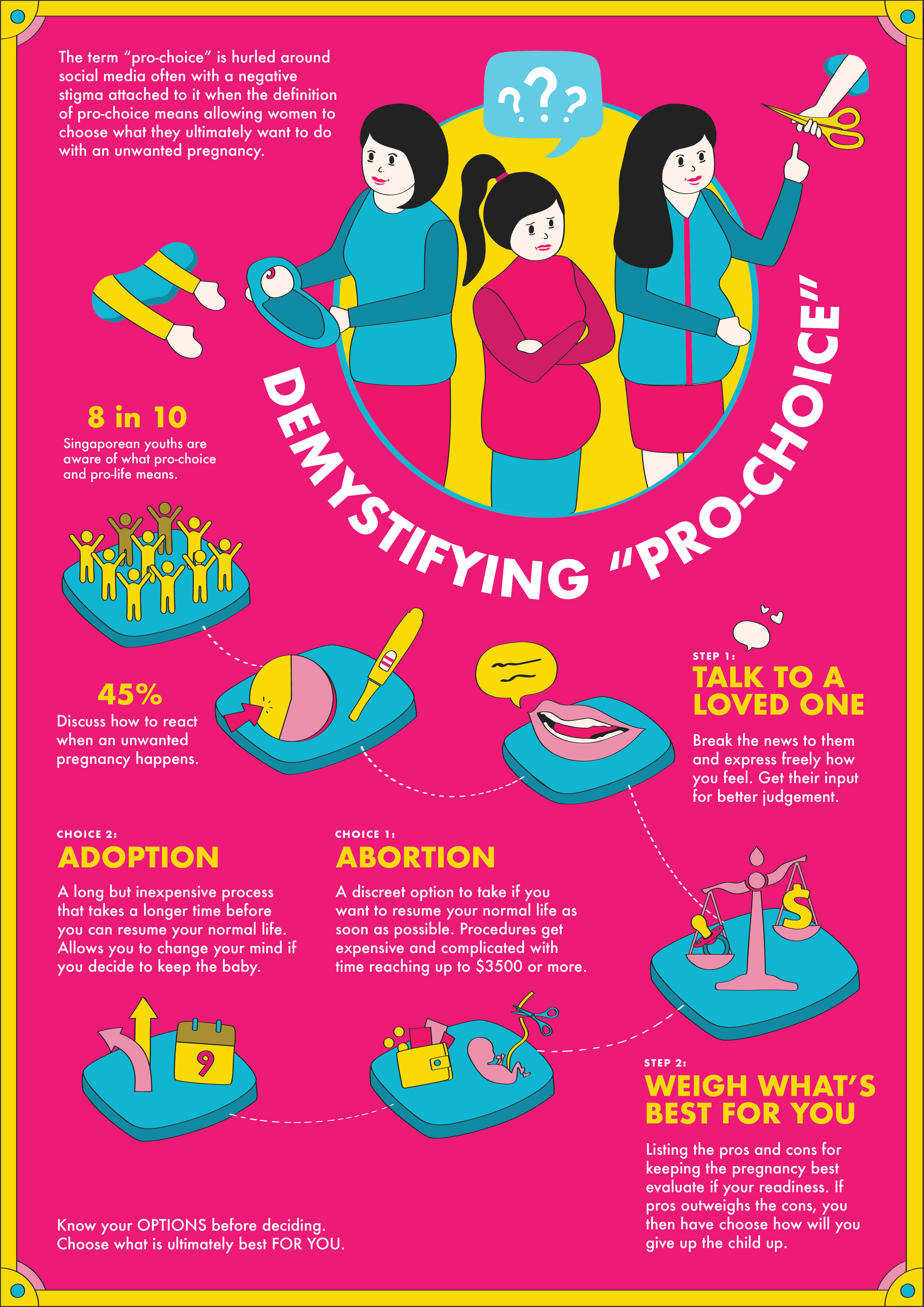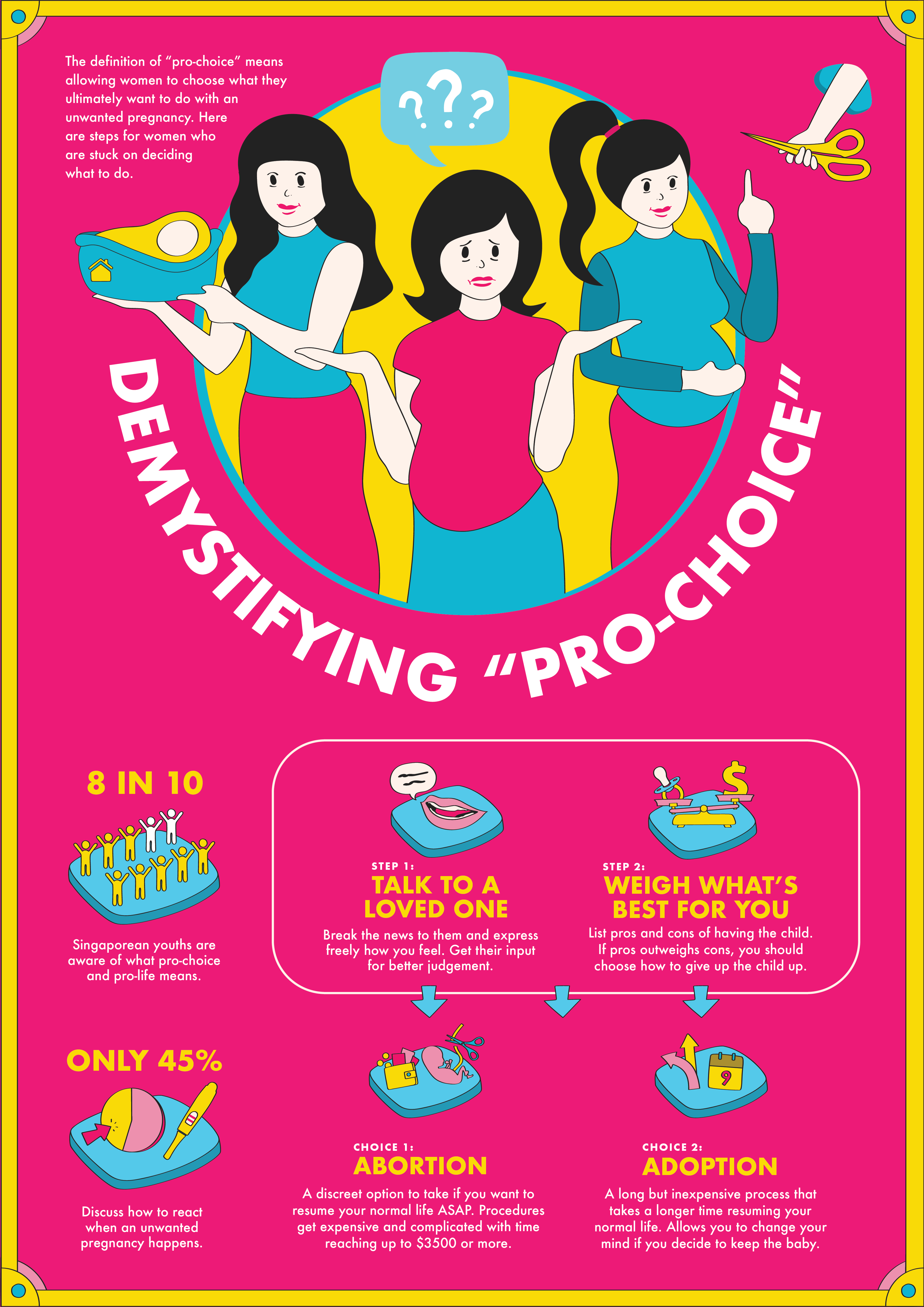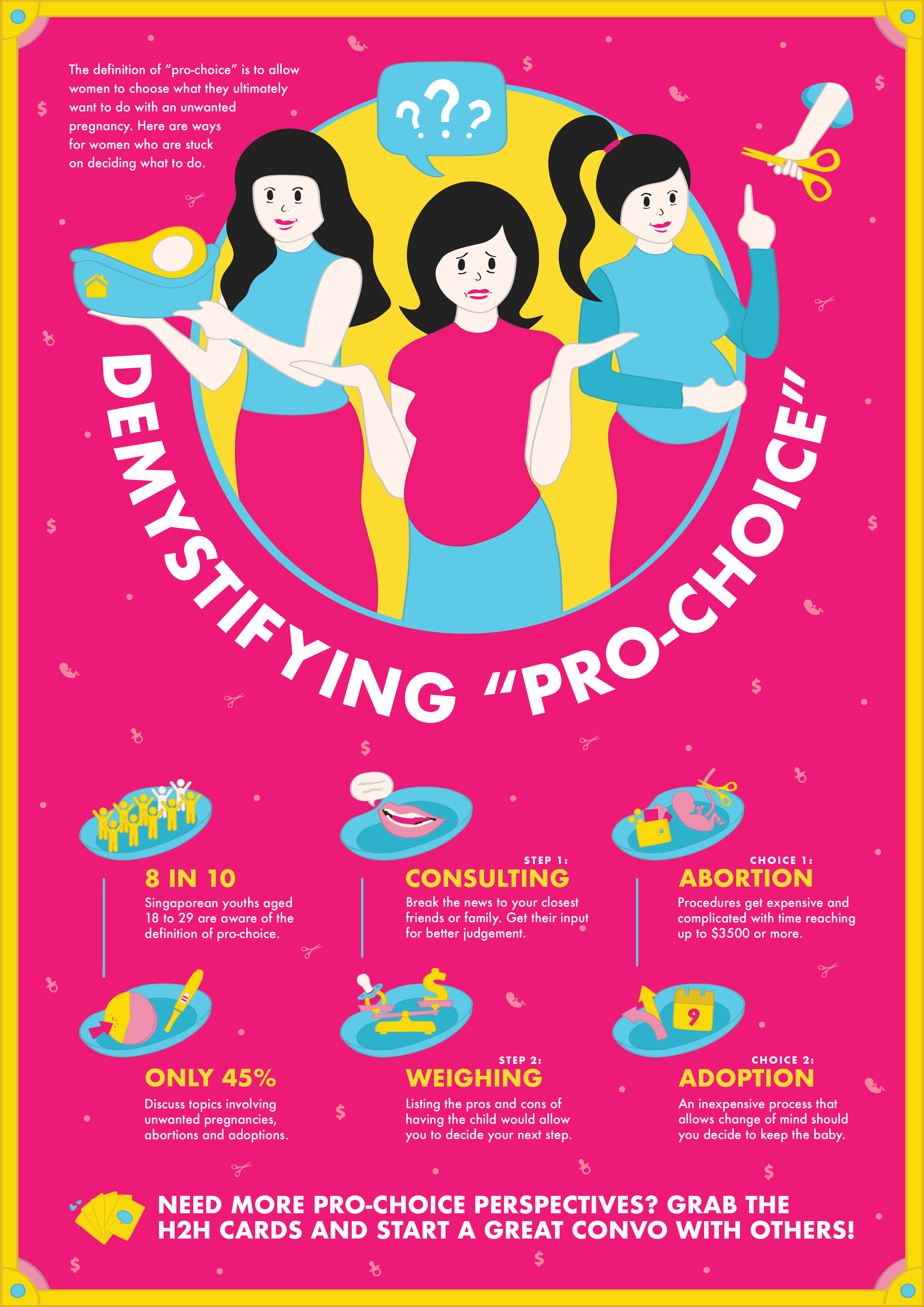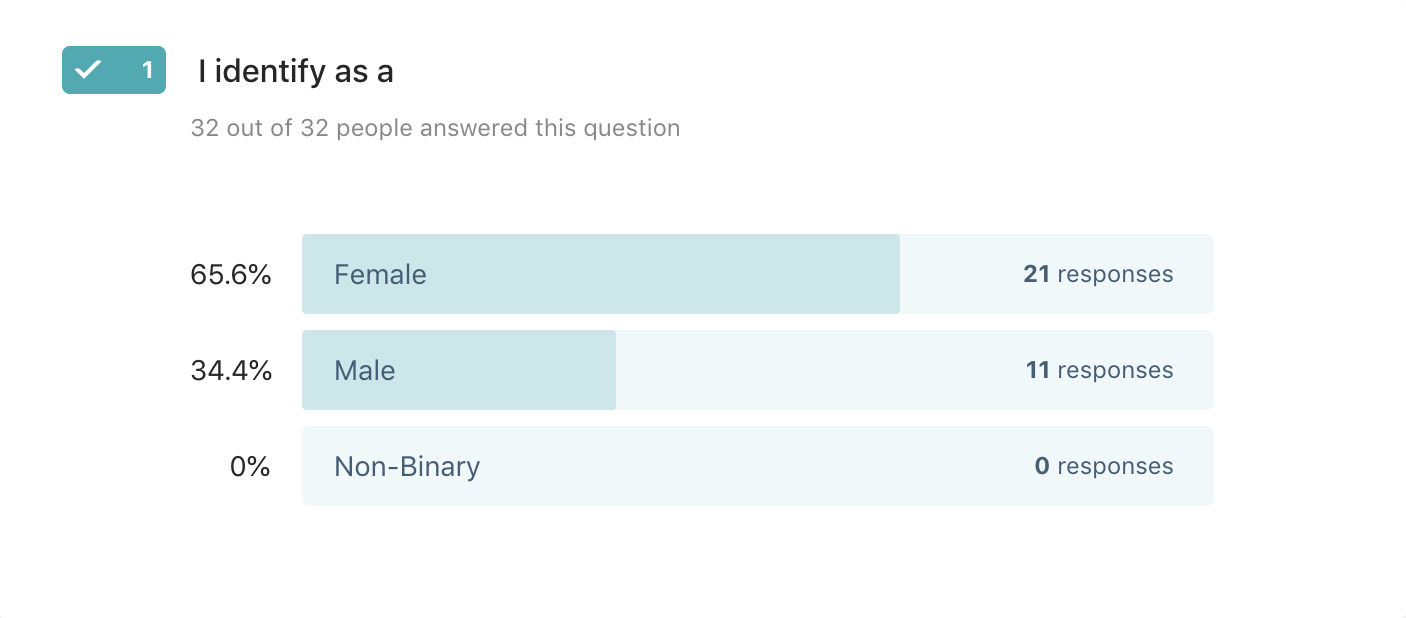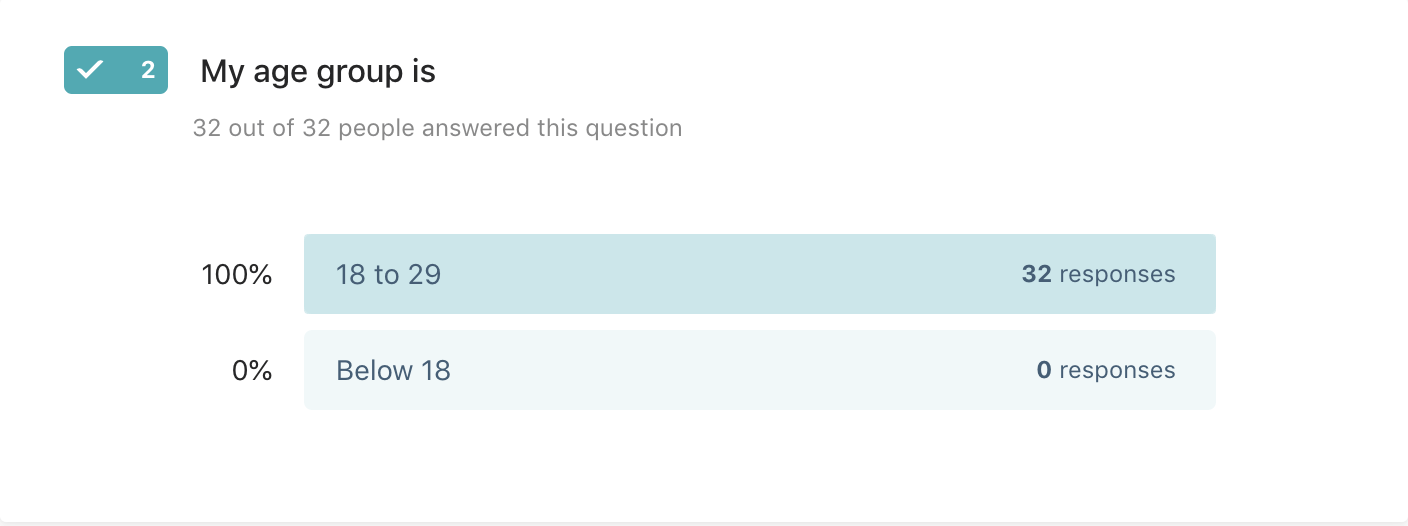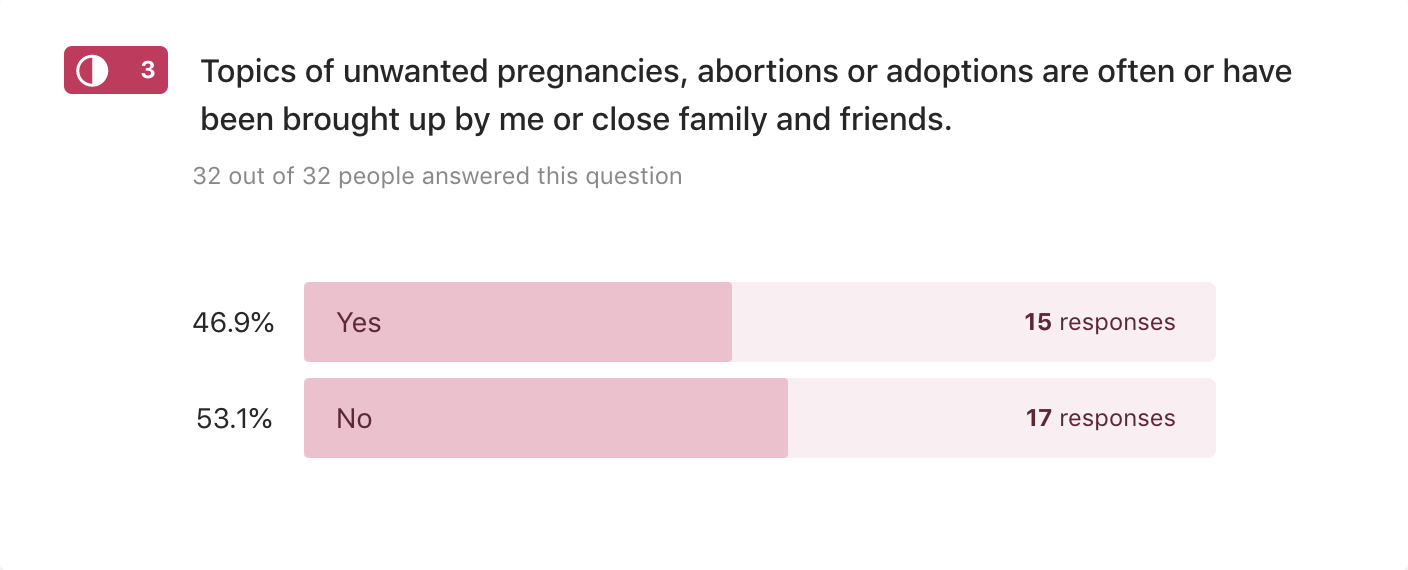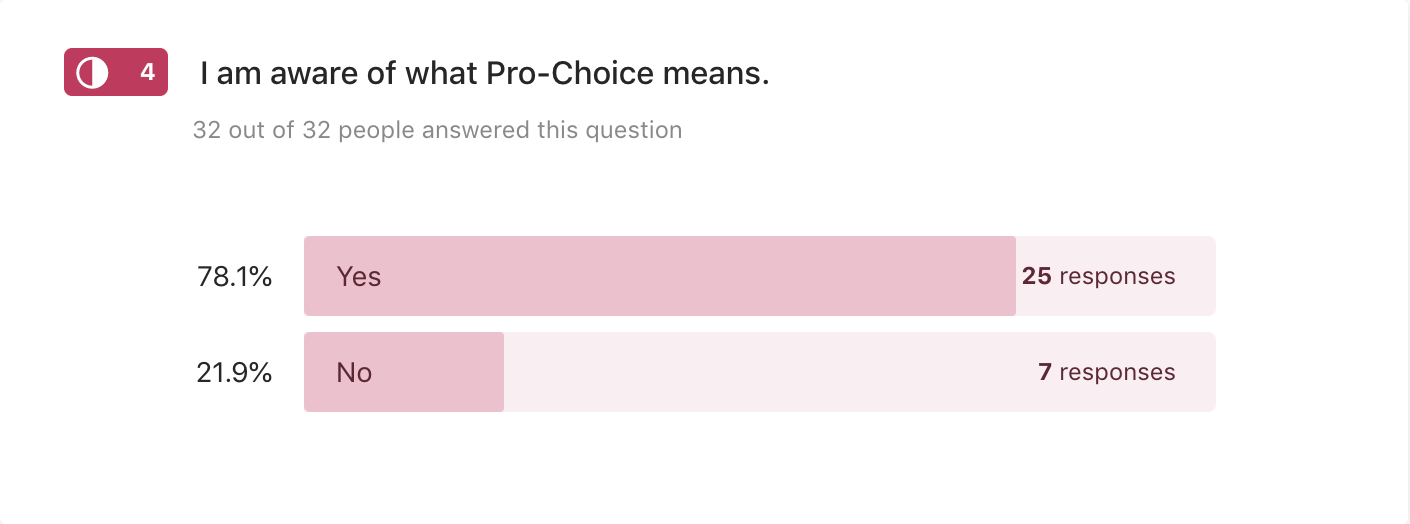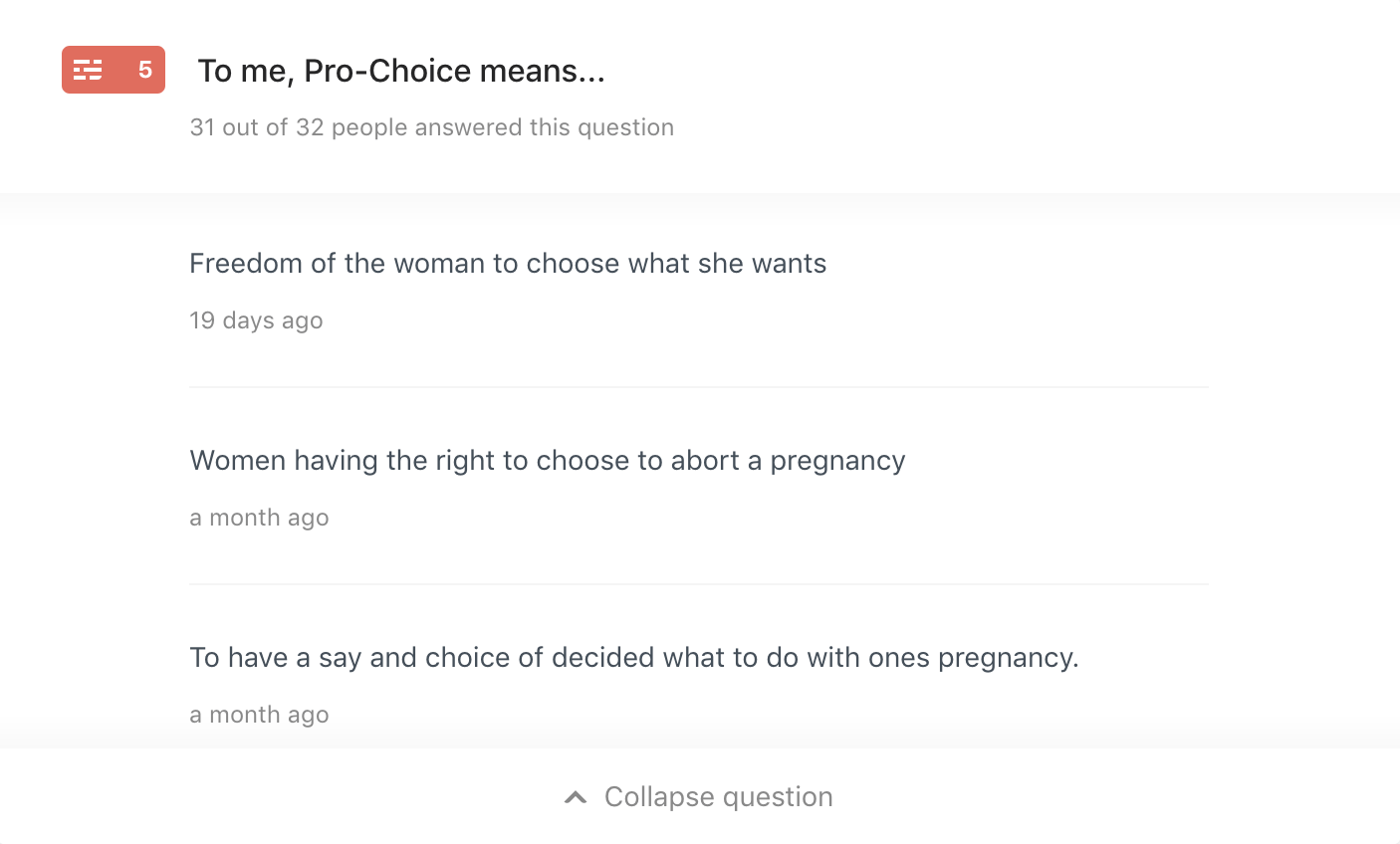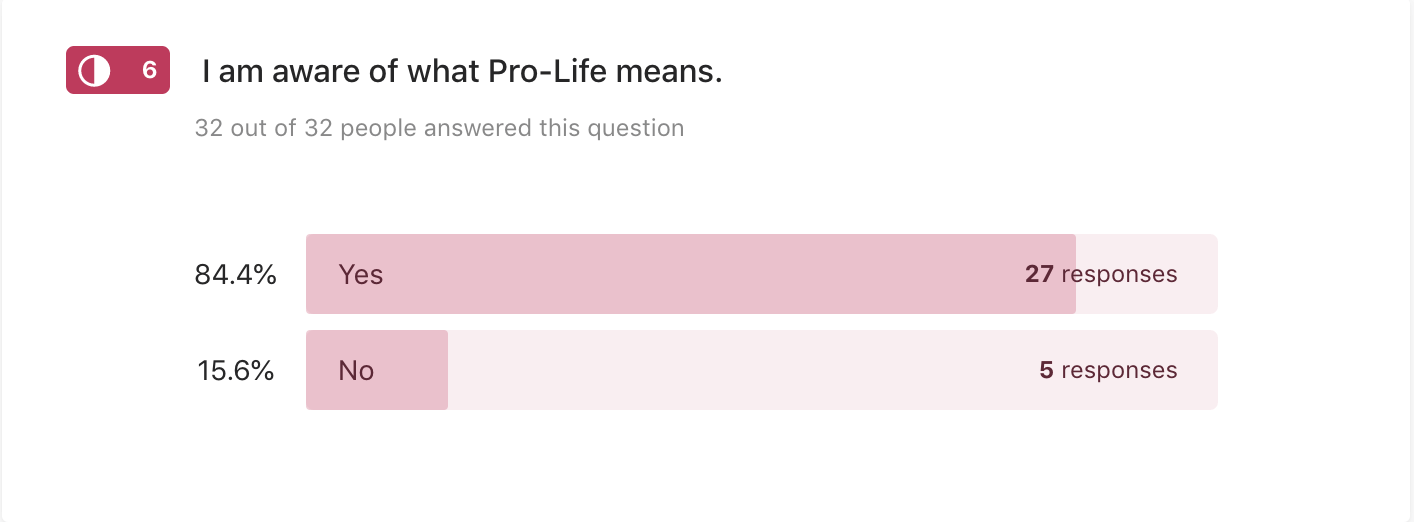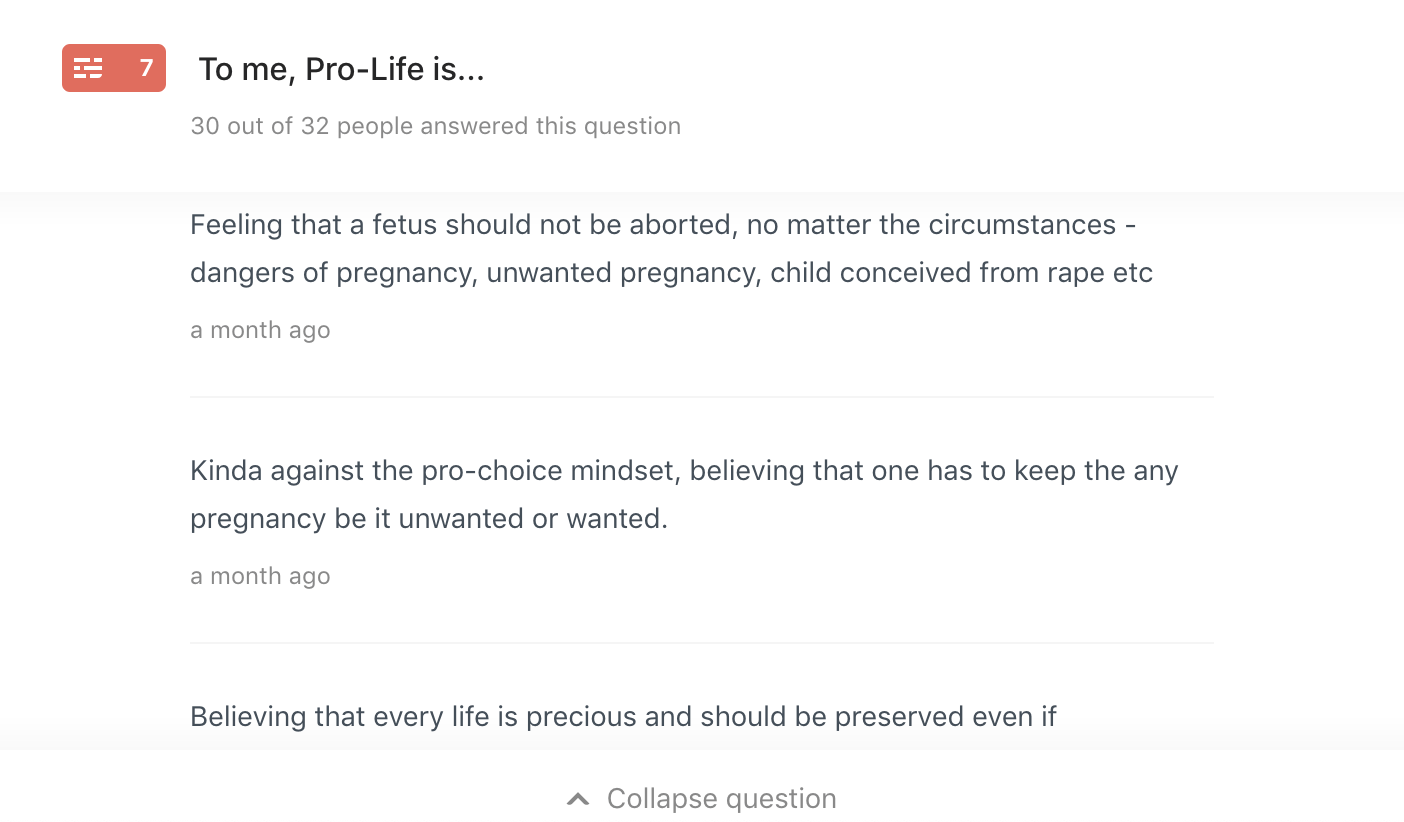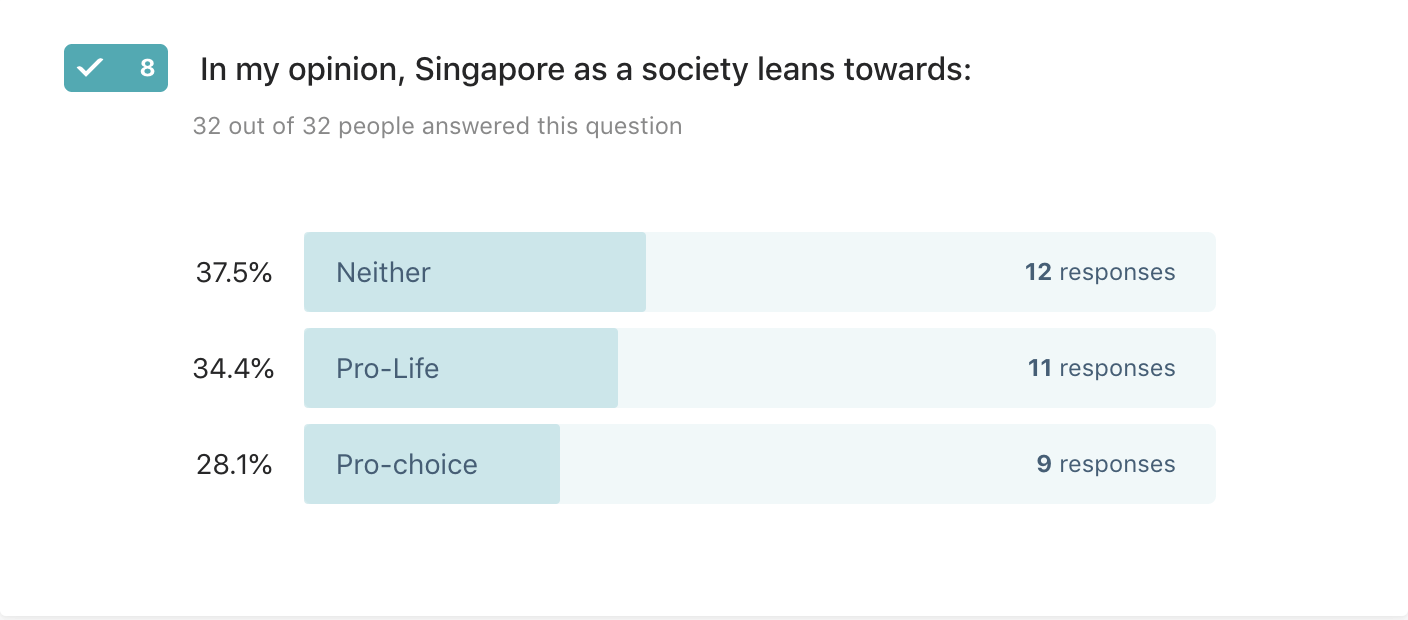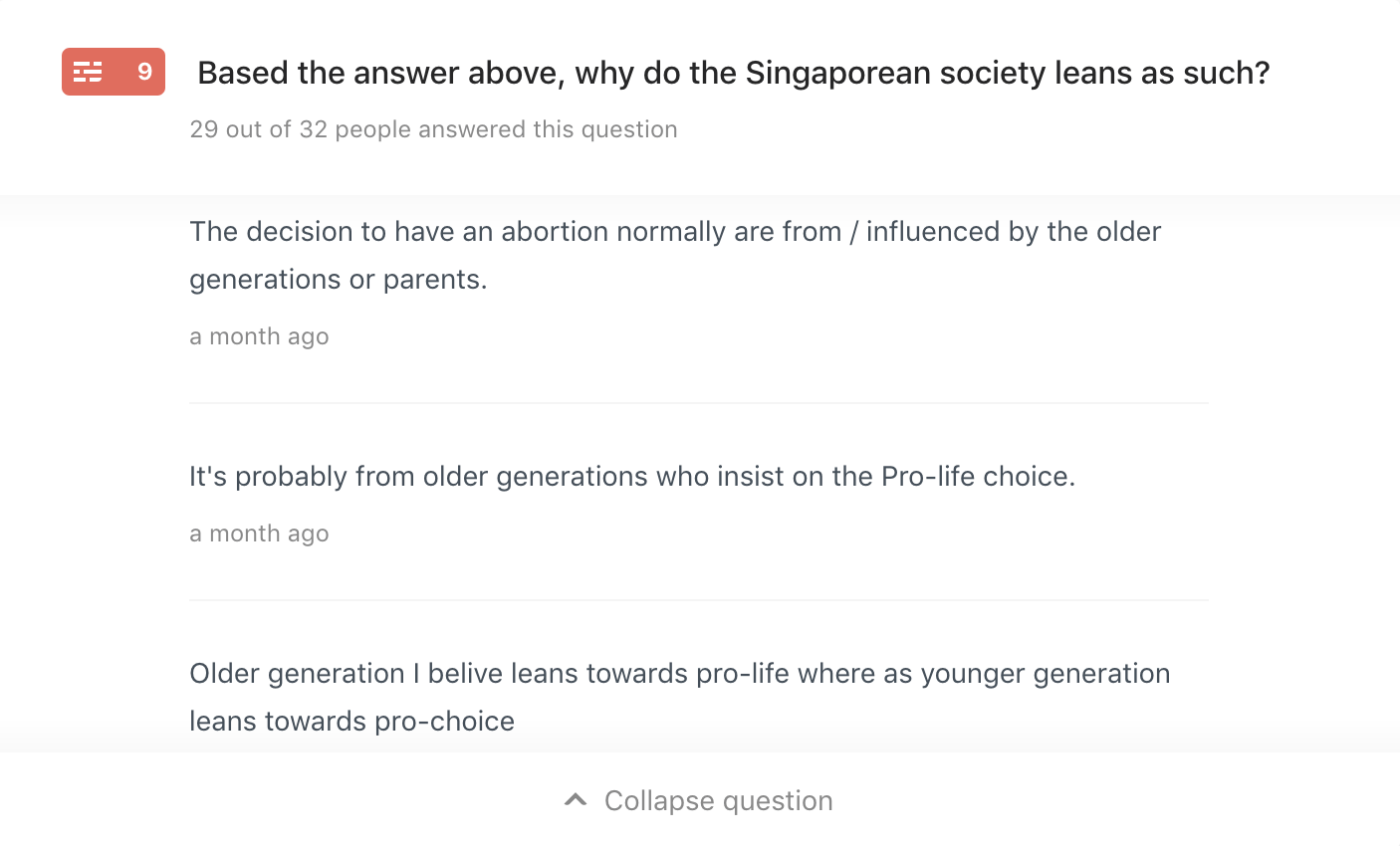I have always been interested about corporate identities of brands and I get a sense of satisfaction whenever I see a really well designed logo and identity especially when it gets recognition and becomes a really iconic visual.

When it comes to branding design firm, there is a design giant in New York City that had created the identities of many renowned brands. Chermayeff & Geismar & Haviv is a branding and graphic design firm founded in 1957 and is currently led by partners Tom Geismar and Sagi Haviv.

Although they had been around for over 60 years, I really feel that their designs are very intuitive and reflects modernity at best. Most of their designs are very tactical, well thought out and uses geometric shapes that gives it a great proportion.




Some of the many brands they have designed for are National Geographic, Harvard University Press, NBC, New York University and Mobil. Although these brands are known to have a traditional practices, their identities are all given a fresh look to it with trendy and eye-catching colours in addition to the beautiful geometric shapes.
Despite being a branding firm, Chermayeff & Geismar & Haviv is also known for putting up exhibits and environmental art installations. Some of their projects included the Ellis Island Immigration Museum, the Statue of Liberty Museum, two World’s Fair pavilions (the U.S. pavilions of 1967 and 1970), and the red number 9 at 9 West 57th Street in New York City. This really shows how branding is not just about the logo but can also involve event activations on site and that requires the firm to always update and accept new technologies and skills.
Class Feedback:
The past four weeks has been a blur honestly but it has been enjoyable so far being able to really learn about something that relates to what I’m doing which is graphic design. The quizzes gave me slight anxiety but all is gud because it really makes me genuinely take time to understand the terms and who did what. Something I wish the mod could work is perhaps a consistent timeline? Because I am low-key lost with the jumping of different times from the first week up till week 10.
